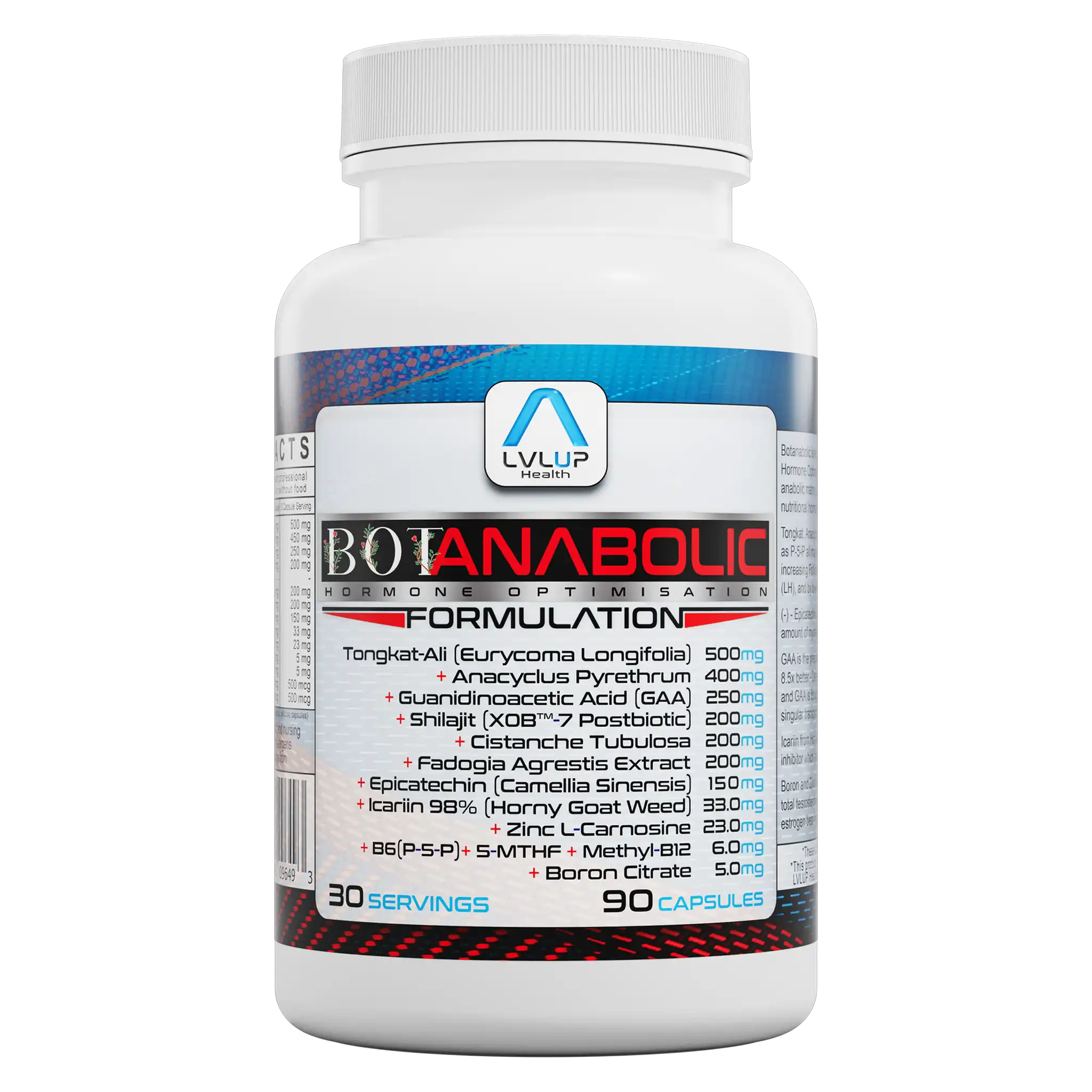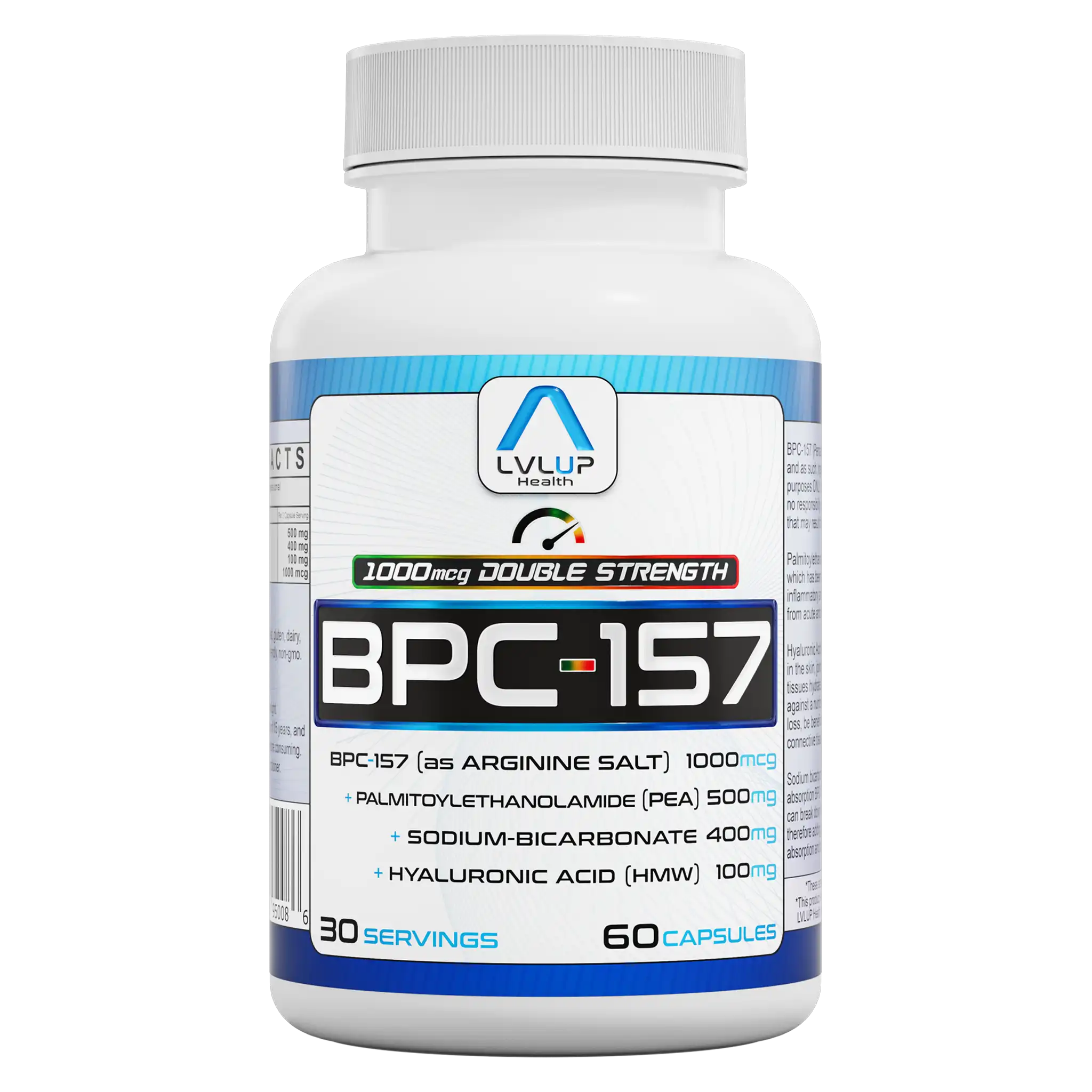Semax
About Semax
What It Does
N-Acetyl Semax Amidate stands out in the world of nootropics and neuroprotective supplements. As a heptapeptide, it’s composed of seven linked amino acids, optimized in the lab to efficiently cross biological barriers. Those seeking enhanced mood, learning speed, work output, or recovery from cognitive fatigue often look at peptides like this one. If you’re chasing the elusive ‘flow state’ or battling mental exhaustion, this might catch your interest.
How It Works
This compound targets several core pathways associated with brain health. It increases BDNF, which acts like growth fertilizer for your neurons, supporting learning and memory. It also boosts dopamine production, tied to motivation, mood stability, and stress resilience. Additionally, it moderates inflammation inside the brain, which is linked to sluggish thinking or even neurodegeneration. By shielding neurons from excitotoxicity, it helps protect against chemical overdrive that can literally burn out your circuits.
Where You’ll Find It
N-Acetyl Semax Amidate is a central ingredient in certain high-tier neuroprotective stacks, especially those aimed at professionals or high-performers looking to stave off cognitive decline while maximizing potential. For instance, it appears alongside Dihexa and P21 in advanced blends focused on neuroregeneration and overall brain function.
Found In
Formulated With
Detailed Information
Chemical Structure and Modifications
Chemically, N-Acetyl Semax Amidate is an acylated derivative of the original Semax heptapeptide. Modifications at the N-terminal acetyl group and amidation at the C-terminal enhance peptide stability and improve CNS penetration via intranasal or parenteral routes.
Mechanism of Action
Semax peptides primarily function by upregulating BDNF synthesis in hippocampal neurons, likely through activation of cAMP-response element-binding protein pathways (CREB). This transcriptional upregulation increases synaptic plasticity and long-term potentiation.
Dopaminergic and Neuroinflammatory Effects
Dopaminergic modulation occurs through direct receptor interactions and indirect effects on tyrosine hydroxylase expression. Enhanced catecholamine turnover improves executive function under stress. Neuroinflammatory markers are downregulated, attenuating inflammation cascades post-injury or during chronic states.
Applications in Research
In preclinical models, N-Acetyl Semax Amidate shows significant reduction in neuronal apoptosis markers via mitochondrial preservation pathways. This supports its potential use in neurodegenerative disorders characterized by excessive glutamatergic activity.




